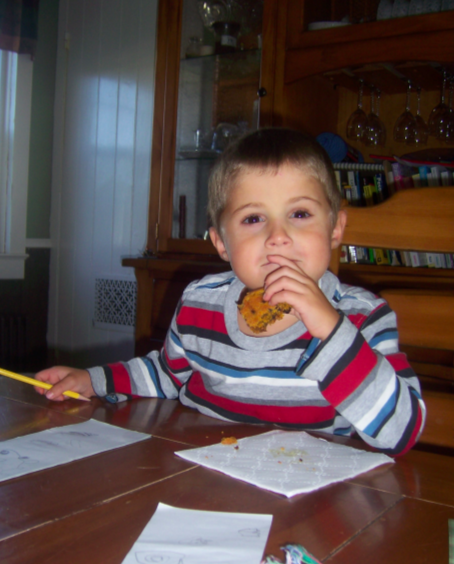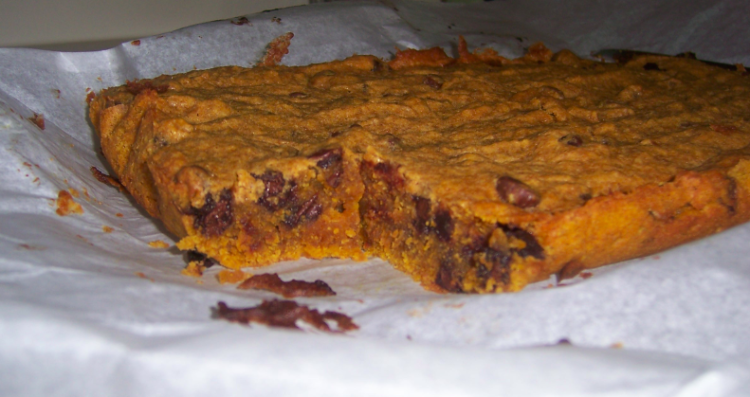Have you wondered if maybe it’s better not to know about great suffering? After all, does knowing help?
Maybe it’s happened to you: you read an eyewitness account of famine, perhaps visit a developing country and see firsthand what extreme poverty looks like, and, turning back to your own life, you’re not sure how to go on as you have been.
You have a fridge. And it’s big. And full.
And not only do you have shoes, but you have more than one pair. And they fit you properly and are in decent repair.
And what you spend on your daily coffee is more than what 75% of Africans have to live on each day.
When you go to the grocery store, you feel overwhelmed by how much food there is. And how much plastic. And excess packaging. And things meant to be used once and then thrown away.)
This weekend, I read William Kamkwamba’s book, The Boy Who Harnessed the Wind. When he was just 15, William built a working windmill out of scavenged scraps and junk complete with a functional circuit breaker, to power his family’s house in their Malawian village. He also built a solar powered water pump, giving his village its first source of drinking water and enabling his family to have two plantings of maize, their staple food crop.
William taught himself everything he needed to know to build the windmill from a discarded American textbook called Using Energy, and through extensive experimentation. And he was motivated to do it–at least in part–by the terrible famine that killed many Malawians in 2002. In the book, William tells of seeing starved, skeletal people walking from place to place, begging for some work to do in exchange for something to eat. At the worst point of the famine, William and his family got three bites of nsima–that’s the Malawian staple food, a cornmeal mush–a day.
William’s ingenuity and determination was motivated by the hope that his invention would protect his family from going hungry.
Because where William lives, “hungry months” are a regular feature of each year.
Where William lives, most people get malaria quite a few times in their lives, and cholera is not an anachronism.
At this point, I want to acknowledge that compassion fatigue is a real thing. How much suffering can we know–and summon the energy to care–about?
Is it better simply to not know about famines and other kinds of suffering ‘elsewhere’ since we can’t do much to help anyway?
I want to discuss this question in more detail tomorrow. For now, I’ll leave you with this:
“The righteous know the rights of the poor;
the wicked have no such understanding.”
(Proverbs 29:7, NRSV)
What might that mean?
{repost from the archives…there is famine in Malawi. Please click here to see what you can do to help.}






